Child care is more than care and education services for families and young children; it’s a cornerstone of economic growth and family stability. Early care and education in Alaska generates economic activity, prepares children for school and life, allows workforce participation, and improves Alaska’s standard of living. The 2023 Economic Impact Report, a collaboration between thread, McKinley Research, and the State of Alaska, Department of Health, sheds light on the critical role of Early Care and Education (ECE) in Alaska’s economy and the barriers that hinder its full potential.
Empowering Alaska’s Labor Force:
When child care and early care and education services are available to families, we see more Alaskans able to participate in the workforce. ECE services enable nearly 50,000 adults to work, contributing to $4.6 billion in earnings. For families, access to ECE means increased earnings and more stable employment, with single mothers seeing average earnings of $78,500 and single fathers $89,400. Even two-parent households experience an average increase of $41,000 in earnings when both parents participate in the labor force.
Benefits for Families:
Accessible, affordable, and quality ECE services have tangible benefits for families. They experience less stress, a significant increase in income, and more stable employment. Moreover, such services open up more employment opportunities and allow for more family time, fostering a healthier work-life balance.
Challenges and Barriers:
Despite the evident benefits, many families face barriers to accessing ECE services. Over half of families find it difficult to secure care, citing availability, cost, and quality as primary concerns. This difficulty negatively impacts workforce participation, with many parents having to work fewer hours, change jobs, or even quit their jobs altogether to provide care for their children. This gap is growing with 51% of families reporting they cannot fully participate in the workforce due to child care issues- this is up from 25% reporting the same issues in 2019.
The Role of Employers:
Employers are not immune to the impacts of inadequate ECE services. Absenteeism, loss of productivity, and turnover are common challenges linked to childcare issues. However, employers can benefit significantly by providing childcare benefits, experiencing decreased turnover, improved culture, and higher job satisfaction among employees. thread has partnered with the State Chamber to better understand the intersection of child care and employers, the data continues to underscore child care barriers for businesses of all sizes in Alaska.
Affordability and Demand:
The cost of ECE services in Alaska is substantial, averaging $13,695 annually per child. Financial assistance is crucial for many families yet demand still outstrips supply. The number of licensed ECE programs has decreased by 25% since 2019, exacerbating the issue of accessibility. With supply decreasing, families are more stressed and frustrated with few options for the care of choice and limited financial support to offset child care costs.
Underpaid Workforce:
Despite their critical role, ECE professionals are among the lowest-paid workers in Alaska, with average annual earnings of $29,500. This wage disparity underscores the need for greater investment in the ECE workforce to ensure quality care and education for Alaska’s children. Low wages create high competition for filling vacancies and drive high turnover. With more vacancies and turnover, the child care sector is unstable and young children do not receive quality of care from a consistent caregiver.
Opportunities for Change:
Addressing the challenges in Alaska’s ECE sector requires meaningful investment from both public and private sources. Diversifying financing, ensuring livable wages for ECE professionals, and maintaining affordable yet high-quality services are crucial steps. Supporting businesses that invest in ECE and implementing family-friendly policies can further bolster the sector.
Alaska stands at a pivotal moment to unlock the full potential of its ECE sector. By prioritizing investments in early care and early education, the state can both support families and children and foster economic growth and prosperity. It’s time to recognize ECE as a cornerstone of Alaska’s economic fabric and act decisively to ensure a brighter future for all. Read the full report here.


